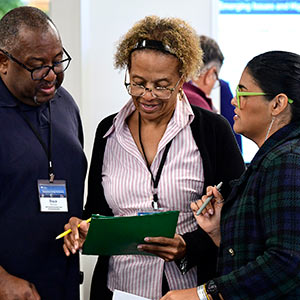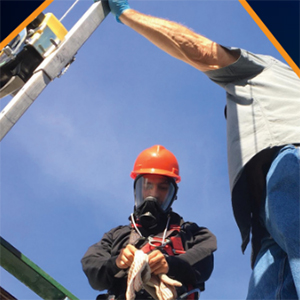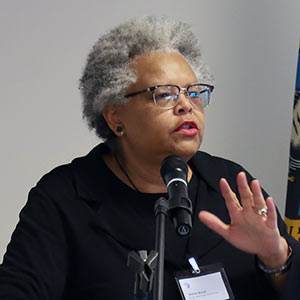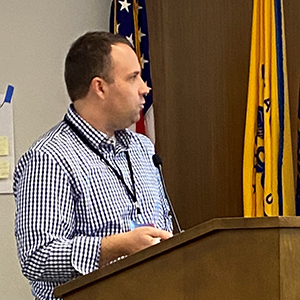The NIEHS Worker Training Program (WTP) is addressing disparities among workers in order to narrow the gaps that make some more vulnerable to getting sick or injured on the job than others. The 2024 WTP Spring Workshop in May allowed WTP grant recipients and federal and local partners to discuss strategies to address gender, racial, and other disparities in the workforce, hoping to help workers achieve better health outcomes.
Occupational health disparities (OHDs) are preventable differences in work-related disease prevalence, mental health issues, injury, and death that are closely linked with the social, economic, and environmental disadvantages workers may experience.
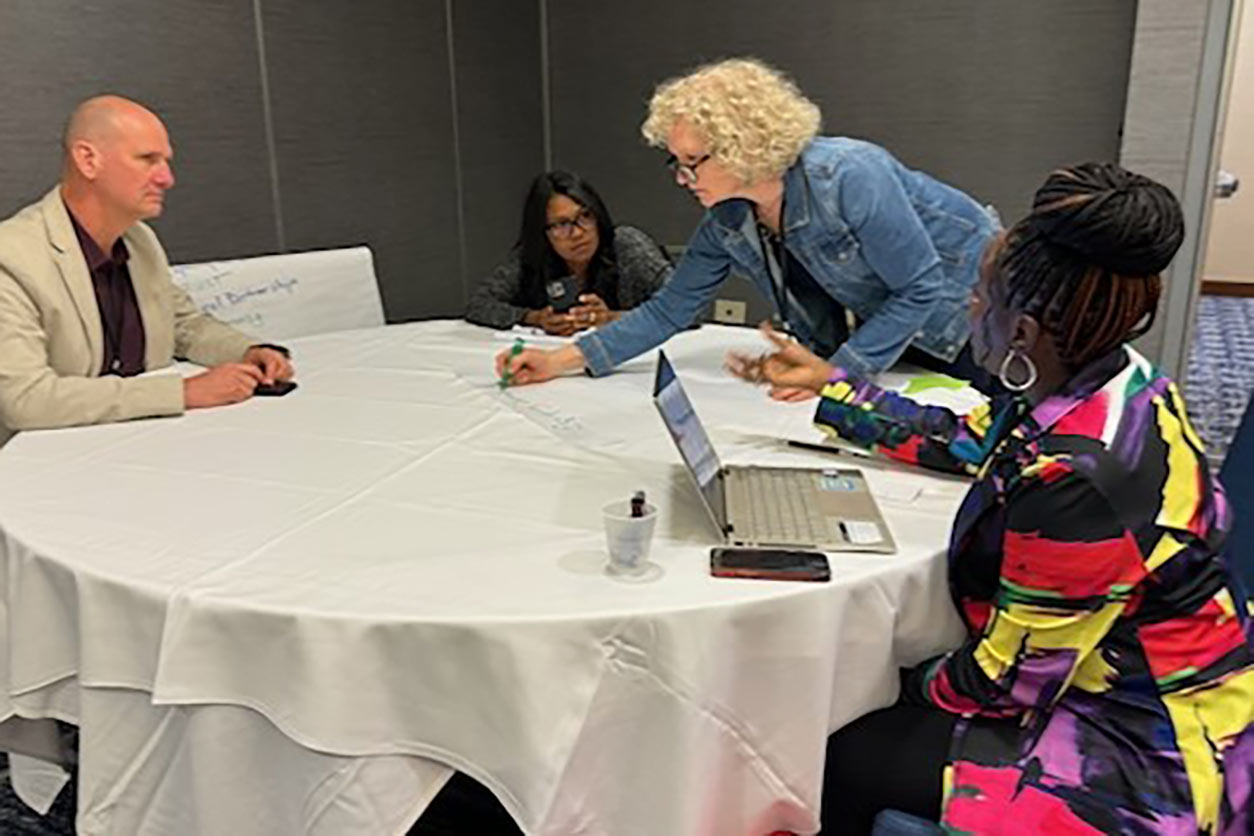
Grant recipients shared success stories and ongoing efforts to tackle OHDs, including the United Steelworkers’ action guide on women’s health and safety and the Center for Construction Research and Training pilot initiative to improve workplace culture to better support women.
Grant recipients took part in scenario-based exercises to recognize and respond to OHDs, such as tackling language barriers that complicate chemical exposure training access for nail salon workers. Participants reported the exercises opened their eyes to disparities they had not considered before.
A vision of collaboration
Admiral Rachel Levine, M.D., the Assistant Secretary for Health at the U.S. Department of Health and Human Services, shared her vision of different groups coming together to resolve issues of injustices and disparities in the workplace.
“By building networks between job trainers, service providers, supportive government agencies, and others who all buy into the same vision of a thriving community, we can often find willing partners and meet a number of needs together,” said Levine, the keynote speaker on the first day of the workshop.
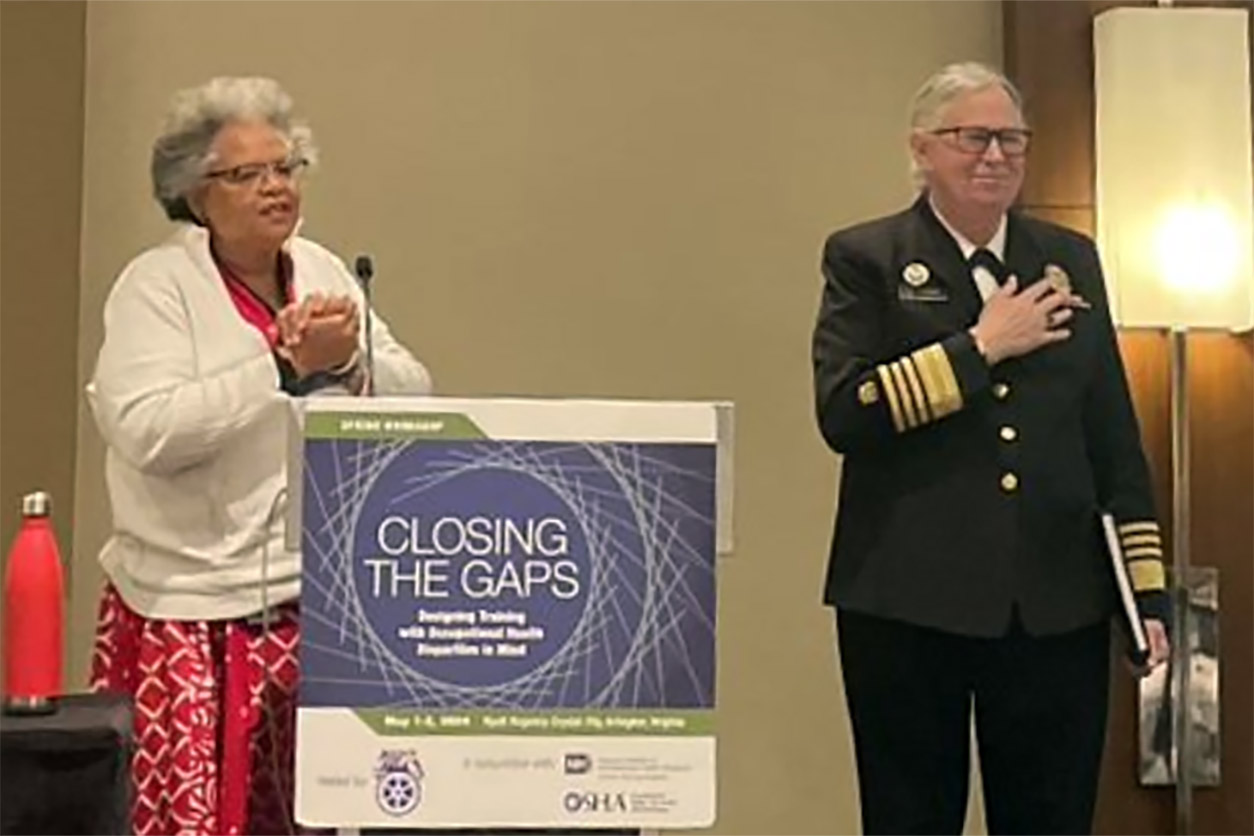
She pointed out how the model of WTP, which directs federal funds to local organizations that train workers with a whole-person approach, helps meet needs beyond job training. Levine recounted the story of accompanying WTP Director Sharon Beard on a site visit and meeting a trainee benefitting from a WTP-funded training program that focused both on job skills and workers’ behavioral health needs.
The second day of the workshop, Michael Flynn of the National Institute for Occupational Safety and Health delivered a keynote address about how occupational health and safety experts are gaining a broader understanding of the link between work and health, seeing a restructuring of work, and achieving a growing awareness of diversity and social inequality.
A showcase of successes
During the workshop week, the Friends of NIEHS and the International Brotherhood of Teamsters, a WTP grant recipient, hosted a Capitol Hill briefing for congressional staffers and the public to highlight the successes of WTP’s efforts to address the nation’s growing need for disaster preparedness and workforce development.
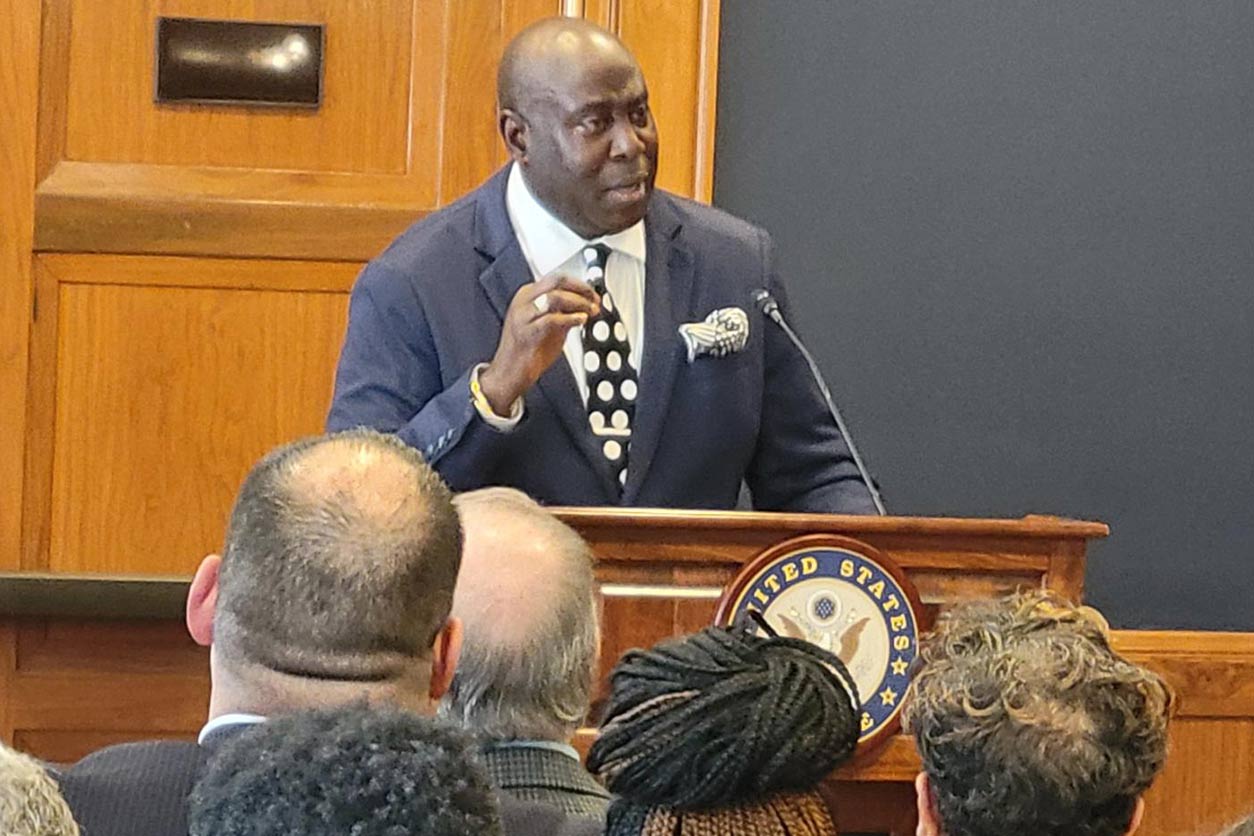
The briefing presenters shared their efforts to provide training to help communities — especially those facing environmental, socioeconomic, and health burdens — prepare for and recover from natural and human-caused disasters and infectious disease outbreaks. Each presenter stressed that partnerships are crucial for successful training efforts.
“We were so delighted we were able to share these exciting results with congressional staffers and the public, to demonstrate the significant return on investment of the Environmental Career Worker Training Program,” Beard said. “However, you only need to speak to one graduate of the program to understand on a personal level how transformational the program is.”
To learn more about the recent economic impact study, read this Factor story.
(Lee Cannon is a senior communications specialist for MDB, Inc., a contractor for the NIEHS Division of Extramural Research and Training.)





